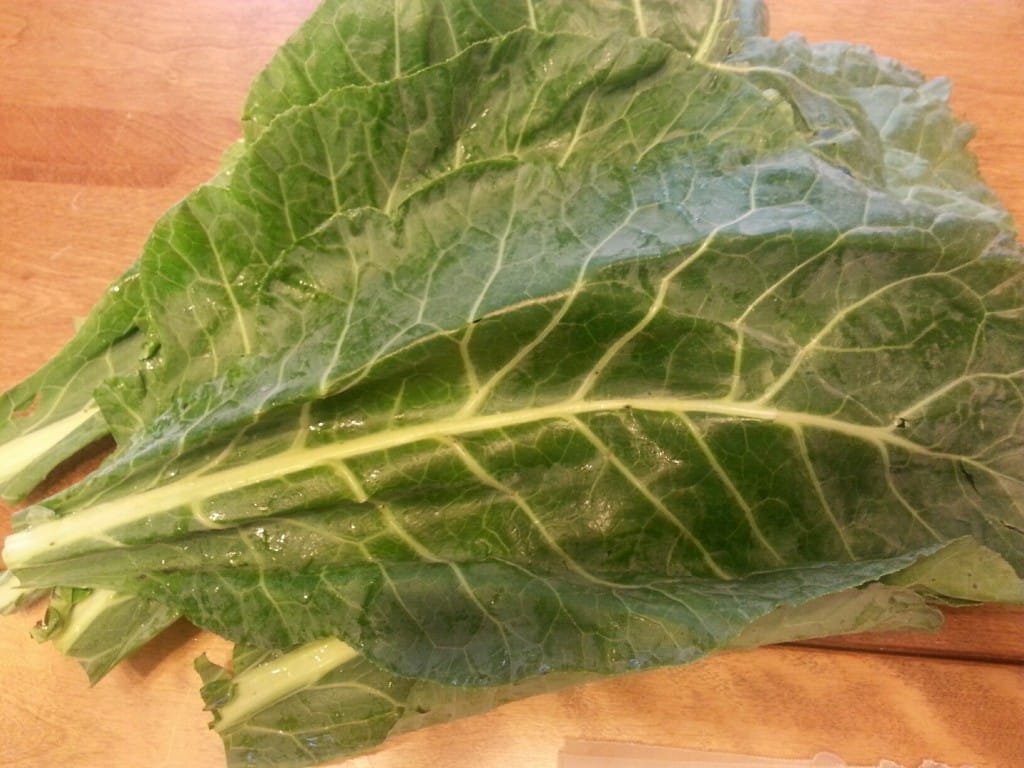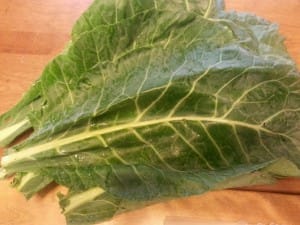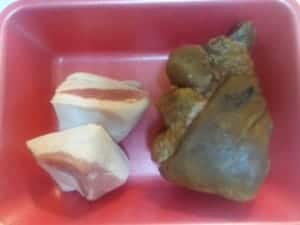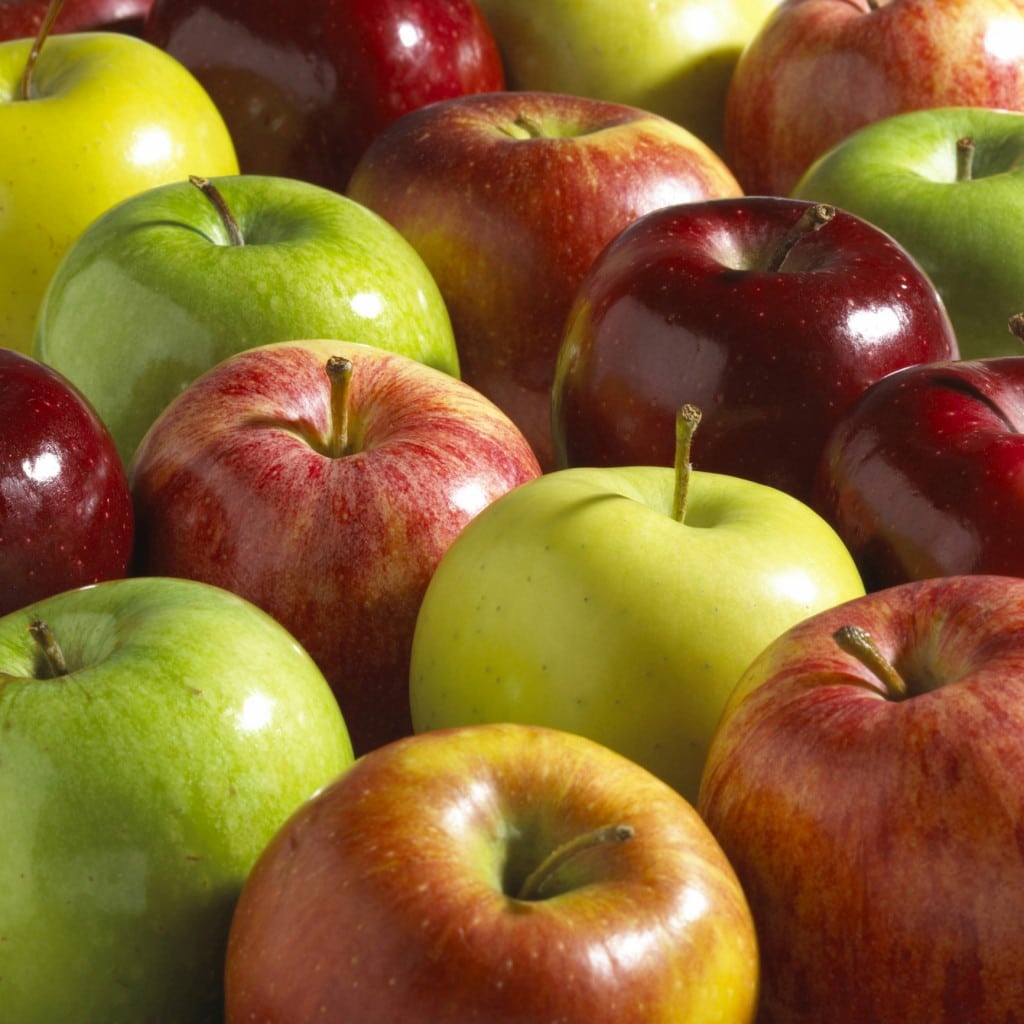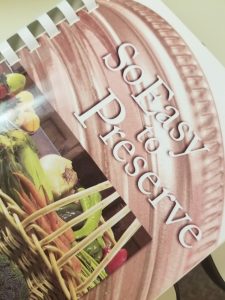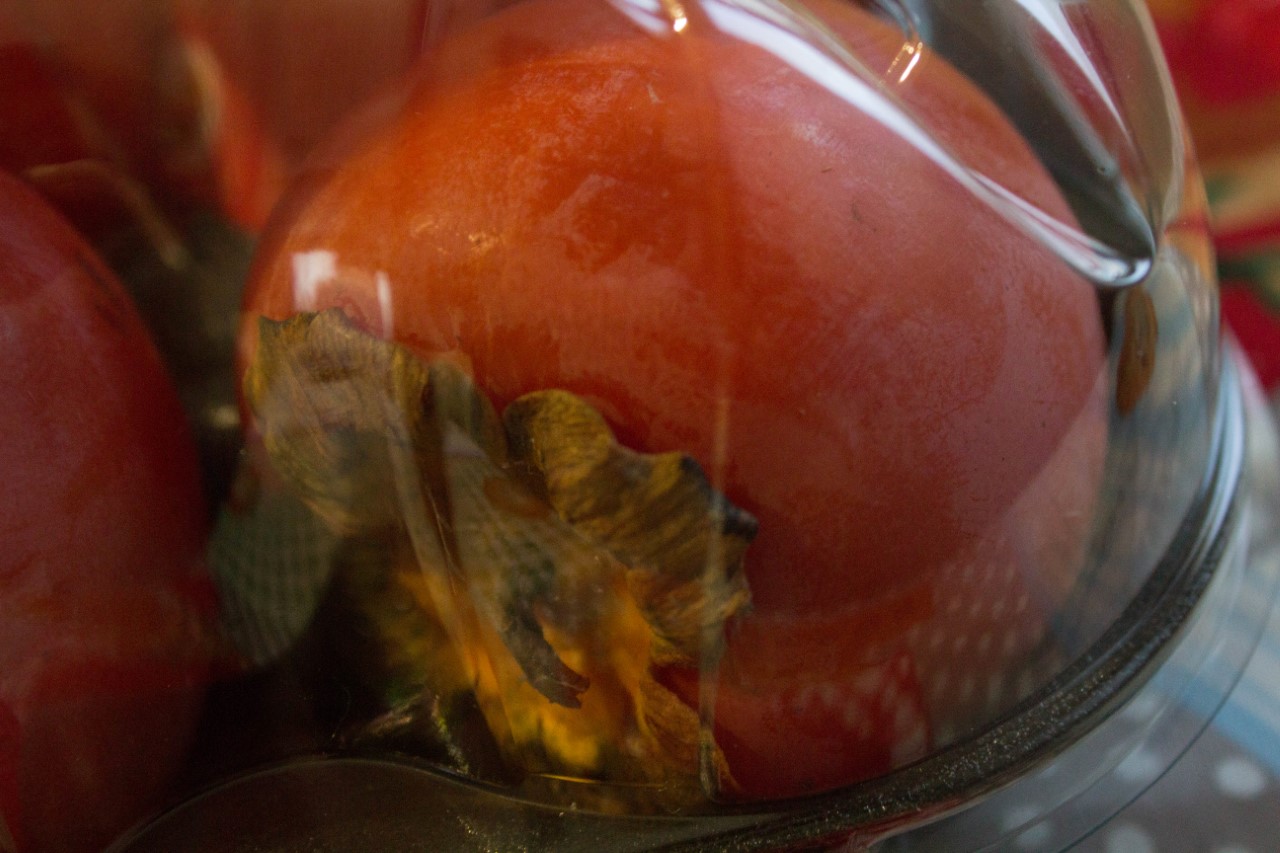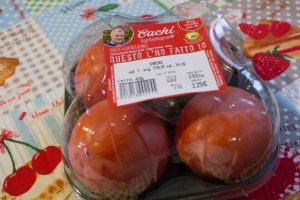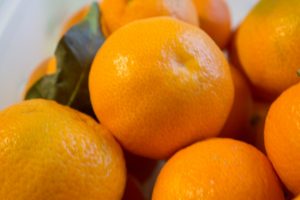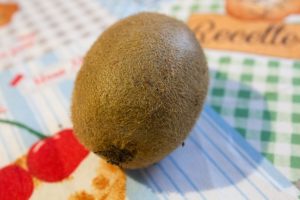It seems many gardeners plan on preparing collard greens for their holiday tables and have asked that I re-run this post from 2014. Enjoy…
Community gardens all over Georgia are filled with beautiful, dark green collard greens. See the August 20th post on growing collard greens. Once we get a few good frosts they will be ready to harvest. Being such a Southern vegetable it is wonderful that the very Southern Mary Mac’s Tea Room in Atlanta has shared their famous collard green recipe. Richard Golden is the Assistant General Manager and he says that the collards are his favorite of all the vegetables the restaurant serves. Just in time for Thanksgiving this recipe is a real treat worthy of a special occasion.
Collard Greens
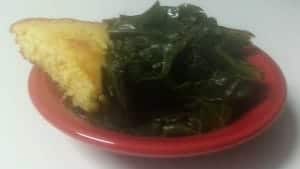
Serves 6-8
- 2 1/2 pounds of collard greens, stalks removed and cut into 2 inch strips
- 2 gallons of water
- 6 ounces of fatback
- 1 smoked ham hock
- 1/3 cup bacon drippings
- 1/8th cup salt
You should be able to find fatback and ham hocks at your local supermarket. Just ask the butcher if you have trouble finding them.
Wash the cut greens in cold water and 1/8th cup salt. In a large stock pot, on high heat, boil the water, smoked ham hock, and fat back. Let boil for an hour. Add collards and bacon drippings to the pot. Let come to a roaring boil and then reduce heat to medium. Let cook for 40-45 minutes. You may need to add additional water if the water starts to absorb past 1/3 of your original liquid. Remove from heat and take out the fatback and ham hock. Serve warm. Goes well with corn bread.
If you are not used to cooking with fatback or ham hocks, they are easily found at most grocery stores. Just ask your butcher if you have trouble finding them. Also, plan ahead so you can save your bacon drippings. Your Grandmother would be proud, your fitness trainer not so much!
Mary Mac’s is such an Atlanta institution it was honored by the Georgia State House of Representatives with Resolution 477 declaring Mary Mac’s to be Atlanta’s Dining Room. The menu includes fried okra, tomato pie, hoppin’ john, butter peas, and turnip greens. All of these contain ingredients grown in Georgia!
Mary Mac’s opened in 1945 when Mary McKenzie wanted to use her cooking skills to make money in the aftermath of World War II. In those days a woman couldn’t just open a restaurant but a “tea room” was acceptable. The current owner, John Ferrell purchased the restaurant in 1994 and carries on the traditions. Recently they catered Governor Nathan Deal’s birthday party. If you decide to visit Midtown for a meal at Mary Mac’s, don’t forget the cobbler. Trust me!
Happy Eating!
